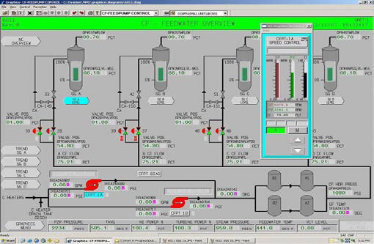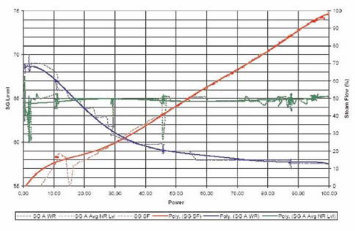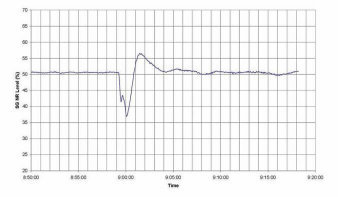Since the late 1980s, industry data has consistently identified the feedwater system as one of the top two major system contributors to the number of automatic reactor trips, with poor feedwater control as a significant root cause. In response, Westinghouse has provided leading feedwater control upgrade technology as the basis for numerous retrofits currently operating in dozens of nuclear units worldwide, dating back to its first wave of digital upgrades in the late 1980s that initially utilized the WDPF® Instrumentation and Control (I&C) platform.
Westinghouse’s current standard design, an evolutionary “lessons learned” design now in its third generation, includes an enhanced control algorithm/logic implemented upon the widely-used Ovation® digital I&C platform (successor to WDPF). It is capable of fitting into existing plant process control cabinets either as a stand-alone upgrade, or in combination with broader nuclear steam supply system (NSSS) retrofit applications. This common reference design is provided for both pressurized water reactor and boiling water reactor retrofit applications, and also for AP1000® nuclear reactor new-build, thereby maintaining and extending this well-established user base.
The Westinghouse digital feedwater control system upgrade’s primary function is to regulate the flow of feedwater during normal at-power operations, and optionally during plant heat up/cooldown.
The control algorithm/logic features:
The I&C platform features:
Benefits

Experience

Power Ascension

Loss of Feedwater Pump
Feedback from industry forums confirms a growing recognition of the value of original equipment manufacturer experience in support of digital nuclear I&C upgrade projects. Numerous lessons-learned reflect the need for vendor cognizance of plant operational performance demands, and design considerations unique to the nuclear industry. These highlight values of characteristic importance: risk aversion, reliability and confidence based upon demonstrated, evolutionary advancement. These values are firmly reflected in the standardized Westinghouse I&C upgrade product offerings, and the standardized design and test process employed for Westinghouse’s digital I&C upgrades.
AP1000 is a trademark or registered trademark of Westinghouse Electric Company LLC, its affiliates and/or its subsidiaries in the United States of America and may be registered in other countries throughout the world. All rights reserved. Unauthorized use is strictly prohibited. Other names may be trademarks of their respective owners.
Ovation and WDPF are trademarks or registered trademarks of Emerson Process Management. Other names may be trademarks of their respective owners.